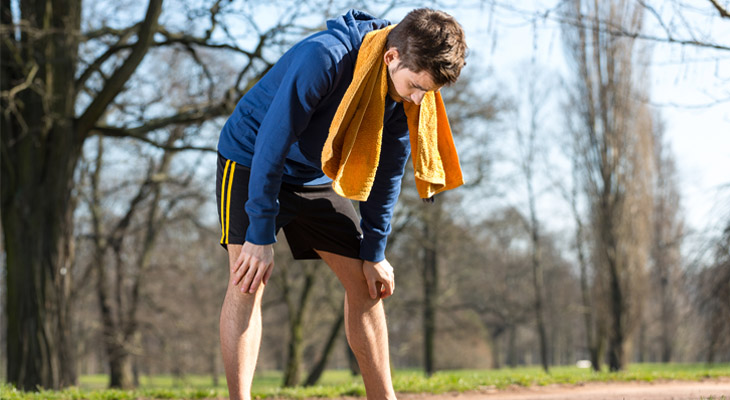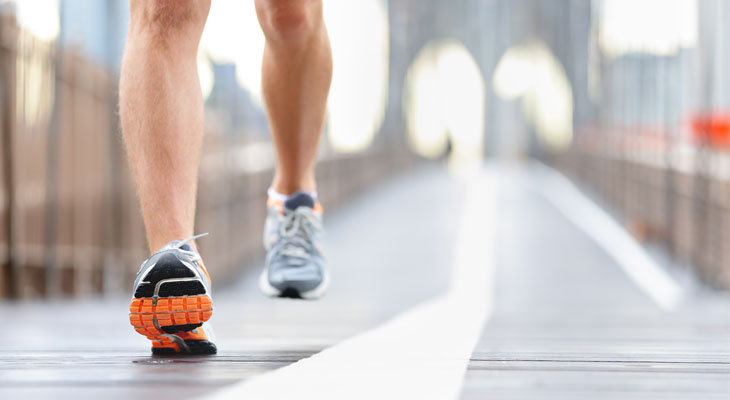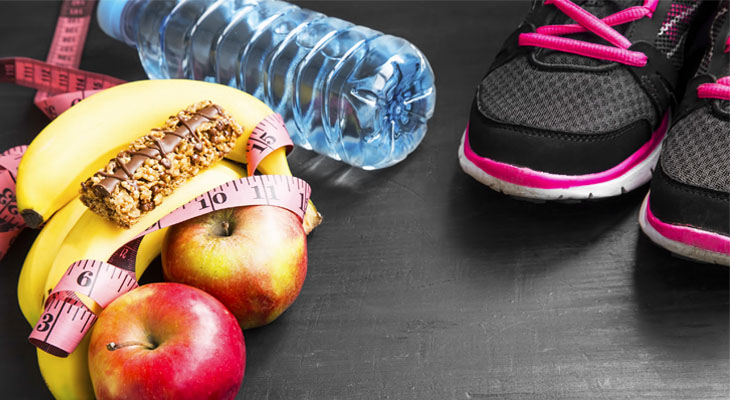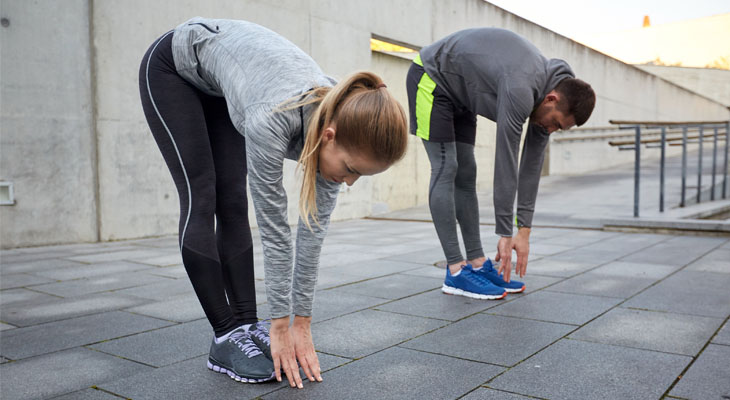
Monday 27 November 2017
Aerobic and anaerobic thresholds are two fundamental values in our sport. We often hear them discussed, and they are key parameters in planning a workout.
What are they? Before discussing their mechanisms, it is best to recall what aerobic and anaerobic metabolism are, as they lie at the base of these thresholds.
The aerobic mechanism occurs in the presence of oxygen and is the most efficient, while the anaerobic mechanism causes our bodies to produce energy even in the absence of oxygen. The latter is predominant when we put in maximal or sub-maximal efforts.
Our body mainly uses two principal anaerobic mechanisms: that of oxidative phosphorylation (alactaid anaerobic) and anaerobic glycolysis (lactaid anaerobic).
We can understand the thresholds by analysing what happens when we run.
When the body begins physical activity, the first mechanism that comes into play is alactaid anaerobic, coupled with aerobic metabolism, which is less efficient in this first phase. There is therefore a slight increase in lactate in the blood.
Then the aerobic mechanism starts to step up, and creates the motive force. The lactate tends to diminish slowly, returning to rest values. Consider that when there is up to 0.8-1 mmol/l of lactate in the blood, the body works in total ease.
As the body’s effort increases, the lactaid anaerobic mechanism increases lactate production in the blood up to a value of 2mmol/l, which corresponds to the aerobic threshold. This is often referred to as the marathon rhythm because when accompanied by an appropriate training schedule, with a value of 2mmol/l of lactate in the blood, runners can cover long distances.
The value of the anaerobic threshold is instead conventionally fixed to 4mmol/l lactate in the blood. Increasing the speed beyond the aerobic threshold described above therefore also increases the level of lactate in the blood. The body reaches the point where the production of lactate increases but its speed remains constant, up to the point where the body is unable to dispose of the excess lactate and is forced to slow down or stop. The average, trained athlete can hold the anaerobic threshold level for about 40-45 minutes.
So we can define the aerobic threshold as the minimum speed at which the level of lactate remains at constant levels which are greater than rest levels. The anaerobic threshold is instead the maximum speed at which the level of lactate remains at constant and greater levels than those of rest.
The calculation of the latter threshold (anaerobic) is especially important in an athlete’s training program, because it allows the rhythms of any training medium to be planned.
By Lorenzo Andreini – Santucci Running
Read more

Monday 13 November 2017
I think it is important not to use just one pair of shoes for running and it is definitely not a good idea to start thinking about buying the next pair only when the pair you are using starts to wear out. In the last part of a shoe’s life it loses its shape or at the very least provides less cushioning and therefore poses a danger to the runner. In short, less protection leads to increased risk of injury.
In order to take advantage of a shoe’s average life (usually around 500 km), you should start rotating it with the new shoes you have bought. Even if “the old pair” offer less guarantee, you reduce the risk by running only part of your weekly distance in them.
My advice is actually to buy different types of shoe.
I always preferred to have three types:
– Shoes for easy running, medium and increasing pace; average protection
– Shoes for repetitions, intense intervals and short bursts of speed; an intermediate shoe with a balance of protection and bounce.
– Shoes for races or sprint sessions. Shoes that, once tested out a few times, are reserved exclusively for competitions. Offering little cushioning, they are purely for ‘performance’. They are also the type of shoe that wears out quickly and should therefore be used for your best running.
By constantly changing the first shoe types I mentioned, you keep yourself safe from support issues. Every shoe has its own characteristics and after a few hundred kilometres of running you will find you are conditioned to wearing them on the ground. Rotating shoes therefore means that you avoid your feet behaving abnormally in contact with the ground. As well as changing the features of your shoes, it is not a bad idea to try different shops every so often. That way, you don’t fall victim to just one construction type. A competent sales assistant can even help you choose the correct shoes.
Finally, it is a good idea to look at support carefully, especially if you have a specific defect, as you mustn’t forget that your feet are different from anyone else’s. Make sure your running shoes feel at one with your feet, they should fit like a glove. Your shoes are there to protect you and at the same time enable thrust. Your shoes are what connect you to the ground and allow you to convert all your energy into speed.
Massimo Santucci
Read more

Thursday 19 October 2017
Life gets more and more hectic, but you should try to avoid nutritional mistakes that will be detrimental to your health and fitness. Eating well is not just a way of making your body feel good and being full of energy, it’s also a duty you owe to your body. A balanced intake of all the key nutrients allows your body to stay well-stocked and ready for whatever you ask of it. Every workout requires a certain degree of effort and you must not underestimate the importance of fuelling your body in the right way. Carbohydrates are required, especially if you are an endurance athlete, such as a marathon runner, triathlete or cross country skier.
You should have a carbohydrate intake of 40 to 50% of your daily requirement, whilst 30% should be proteins and the remainder fat. Carbohydrates are the fuel you burn to sustain physical activity, proteins are the building blocks of the muscles, while fat is useful for metabolic processes. With regard to hydration, there aren’t too many rules, but you should drink 2-3 litres of water a day, to be adjusted according to the various seasons. A glass of wine or a beer is not an issue, but you need to exercise some common sense in terms of quantities.
Alcohol interferes negatively with temperature regulation and can cause excessive heat loss during warm periods. Fibre is useful for intestinal movements. Breakfast should be rich, comprising substantial nutrients, lunch should be balanced and the evening meal must recover what you used during the day without causing digestive problems, as it is nearly night-time. It is essential to eat snacks, the first mid-morning and the second in the middle of the afternoon. Preferred snacks if you need sustenance for a scheduled workout a couple of hours later include fruit, yoghurt, tea, juice or skimmed milk with dry biscuits, but also sandwiches (e.g. whole bread with salted beef, lettuce and a drop of extra virgin olive oil).
In summary:
food intakes during the day: breakfast + 2 meals packed with carbohydrates, proteins and fat + 2 snacks
Remember to eat fruit and vegetables.
Drink at least 2/3 litres of water a day
Having a well-stocked body allows you to perform workouts without energy deficiencies. It is also important to eat carefully and thoroughly after workouts to recover quickly and be in good shape for the next training session.
Massimo Santucci
Read more








